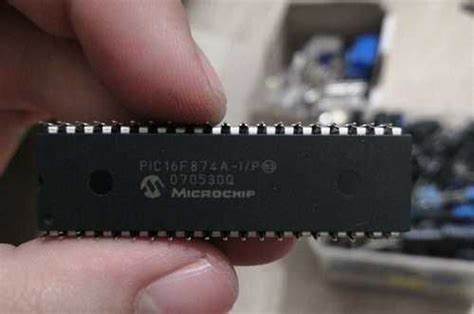Restore Microchip PIC16LF874A Flash Program
Restore Microchip PIC16LF874A flash program of binary code and eeprom data of heximal file by reverse engineering secured MCU PIC16LF874A readout-protection system, copy embedded firmware of locked PIC16LF874A microprocessor to new microcontroller;
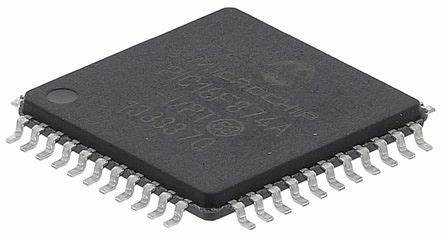
The Program Counter (PC) is 13 bits wide. The low byte comes from the PCL register, which is a readable and writable register. The upper bits (PC<12:8>) are not readable but are indirectly writable through the PCLATH register when Decode STM32F100VD Microcontroller Flash Program. On any Reset, the upper bits of the PC will be cleared in order to facilitate the process of Restore Microchip PIC16LF874A Flash Program.
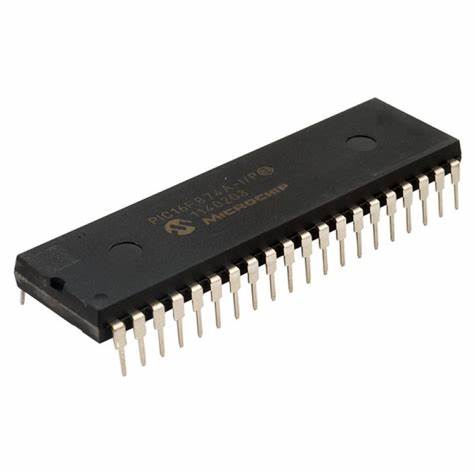
Below Figure shows the two situations for the loading of the PC. The upper example in the figure shows how the PC is loaded on a write to PCL (PCLATH<4:0> PCH). The lower example in the figure shows how the PC is loaded during a CALL or GOTO instruction (PCLATH<4:3> PCH).
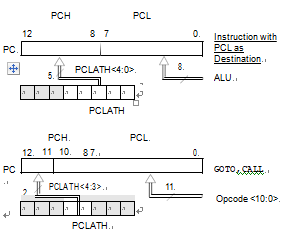
A computed GOTO is accomplished by adding an offset to the program counter (ADDWF PCL). When doing a table read using a computed GOTO method from Read Chip HOLTEK HT45R06, care should be exercised if the table location crosses a PCL memory boundary (each 256-byte block). Refer to the application note AN556, “Implementing a Table Read” (DS00556).
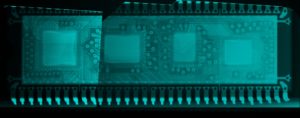
The PIC16LF874A family has an 8-level deep x 13-bit wide hardware stack. The stack space is not part of either program or data space and the Stack Pointer is not readable or writable. The PC is PUSHed onto the stack when a CALL instruction is executed or an interrupt causes a branch in order to Crack IC dsPIC30F6012A Software. The stack is POPed in the event of a RETURN, RETLW or a RETFIE instruction execution from Restore Microchip PIC16LF874A Flash Program. PCLATH is not affected by a PUSH or POP operation.
The stack operates as a circular buffer. This means that after the stack has been PUSHed eight times, the ninth push overwrites the value that was stored from the first push by Copy MC68HC08BD24 MCU Embedded Program. The tenth push overwrites the second push (and so on).

Note
1: There are no status bits to indicate stack overflow or stack underflow conditions.
2: There are no instructions/mnemonics called PUSH or POP. These are actions that occur from the execution of the CALL, RETURN, RETLW and RETFIE instructions or the vectoring to an interrupt address by Read MCU program.
